
The second (and last) project I got done last month during PR's Pattern Stash Contest was Simplicity 2177. I'd bought this for my sad orphaned Parisian fabric that I bought in 2008 that I just can't find the right project for. It's a batiste, so it will need underlining, and has an embroidered motif that reads as very wide stripes. It's a challenge. I had considered this pattern for it, but in the end decided it wasn't quite right. Then I got the inspiration to use it as this border print fabric, inverting the border at the bodice's triangle insert to emphasize it and add some balance to the dress.
After I'd finished my dress I found this virtually identical J. Crew dress on Pinterest. The J. Crew's skirt many more and smaller pleats than the Simplicity and the J. Crew's bust darts come from the side seam, rather than the center bodice seam. But still. Very similar.
I'm not sure when this J. Crew dress came out--I could only find it referenced in a sale alert post from March 2012 (it's no longer available on the J. Crew website), but I'm guessing it post-dated release of the Simplicity pattern. Maybe the Simplicity and the J. Crew are both copies of an earlier, designer dress, but the coincidence seems awfully coincidental.
I added more fabric to the shoulders and neckline toward the neck. I wish I had added a little bit more toward the shoulders as well, which is unusual. I have narrow shoulders and generally need less coverage there, not more.

V necklines have not been my strong suit in the past, so I was very precise with my stitching on this one. It would have been perfect, except that one of the many downsides of not having much time to sew and spending a lot of time on one project is that you make dumb mistakes. Or at least I do. Like not interfacing the neckline before sewing in the lining. Ugh. Excuse my gaping. I retrofitted it with strips of interfacing after it was sewn, but it is obviously not the same.
I used the cap sleeve from Burda 08-2012-133. In the magazine it looked more like a flap or flange than a sleeve. Cap sleeves can be somewhat restrictive and the Burda sleeve looked like a better way to get shoulder coverage while retaining full movement.

I used my usual all-machine clean-finish bodice lining technique. It works with cap sleeves to a point. These are itty bitty cap sleeves and I still had a difficult time pulling all the fabric through the strap tunnel. I had to use a safety pin to get some grip. So I won't be trying it with a cap sleeve any more substantial than this one

One of the things I like about the design of this pattern is the dart coming from the triangle inset. It adds enough visual interest that I think this could be a great Little Black Dress (with a more sophisticated skirt); I lined the bodice in black batiste and I think it provides an illustration of this. The pattern comes with facings, but I prefer a bodice lining to avoid the flapping and flounder of facings.

That said, the dart placement is weird. And by weird I mean terrible. The dart apex ends about 1 1/2 inches above my bust. I do not have a particularly low bust, and I don't know many people who have a bust that hangs from their collarbone. It's not really noticeable in my print, but definitely something to keep in mind.

Unlike Cidell, I am a tryer-on-er as I sew. As soon as the pieces are in any semblance of assembled I start putting it on and taking it off at regular intervals. However, when I got near the end of this one I made myself totally finish, including hand-sewing the bodice lining to the skirt.

Well, the joke was on me because when I put it on I saw that the back neckline had horrible gaping. I had to undo all my hand stitching and retro-fit it with back neck darts (sewing it as a fisheye dart continuously from the lining to the fashion fabric), which took care of the gaping.
I did not use the skirt pattern, as the skirt's hem measurement was a little narrower than I prefer for being able to swing my leg over a bike. I just cut the skirt as a long rectangle and then pleated it in place to my liking, with a center inverted pleat and lining up the second front pleat with the seamline of the triangle insert. There is only one seam, at center back, the downside of which is no pockets.

I bought the fabric for this dress in a department store in Malaysia as a souvenir. Like African print fabrics, the selvage is decorative so I used it as the hem edge of the skirt. The selvage print isn't entirely regular, as you can see at the center back seam. I decided it was better to line up the edges of the fabric than the edges of the selvage print.
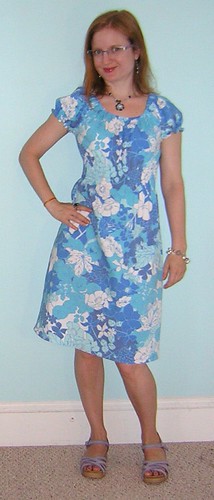
During hot summer weather, I end up wearing this dress, Stretch & Sew 1582, just about every weekend. It's a good quality cotton that dries pretty quickly after sweating through it, it has shape from the elastic shirring but isn't fitted so there is no fabric touching me on most places, and it protects my shoulders from the sun. I'm getting a fairly sick of it, so I wanted another dress that might work just as well. Alas, this is not going to displace the favored dress. The fitted bodice has plenty of ease but it is still cut much closer than that of the favored dress, exacerbating sweating and making it take longer to evaporate. I'm going to have to suck it up and just make an identical dress out of a different print.

However, on its own merit this is a perfectly lovely dress. While I was making it I was thinking I'd definitely use the pattern again, but now I'm not sure. That bodice front dart would definitely have to be moved down significantly and I think the neckline could be lowered just a tad. I already know where and what size back neck dart it needs so that wouldn't be too much trouble. The shoulders need to be widened a touch. It's just a lot of redrafting. But it might be worth it for the nice style lines.
All photos are here and the pattern review is here.

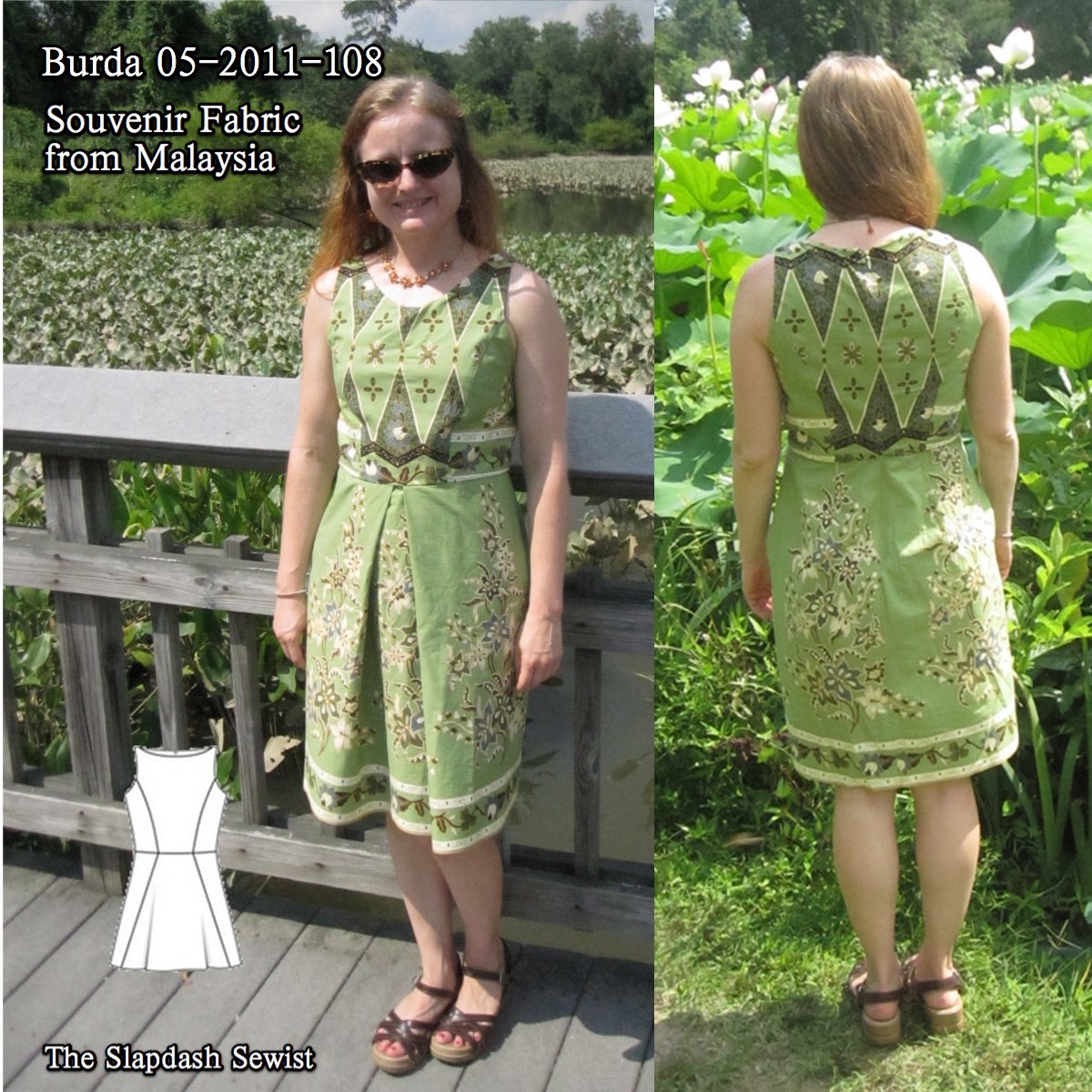

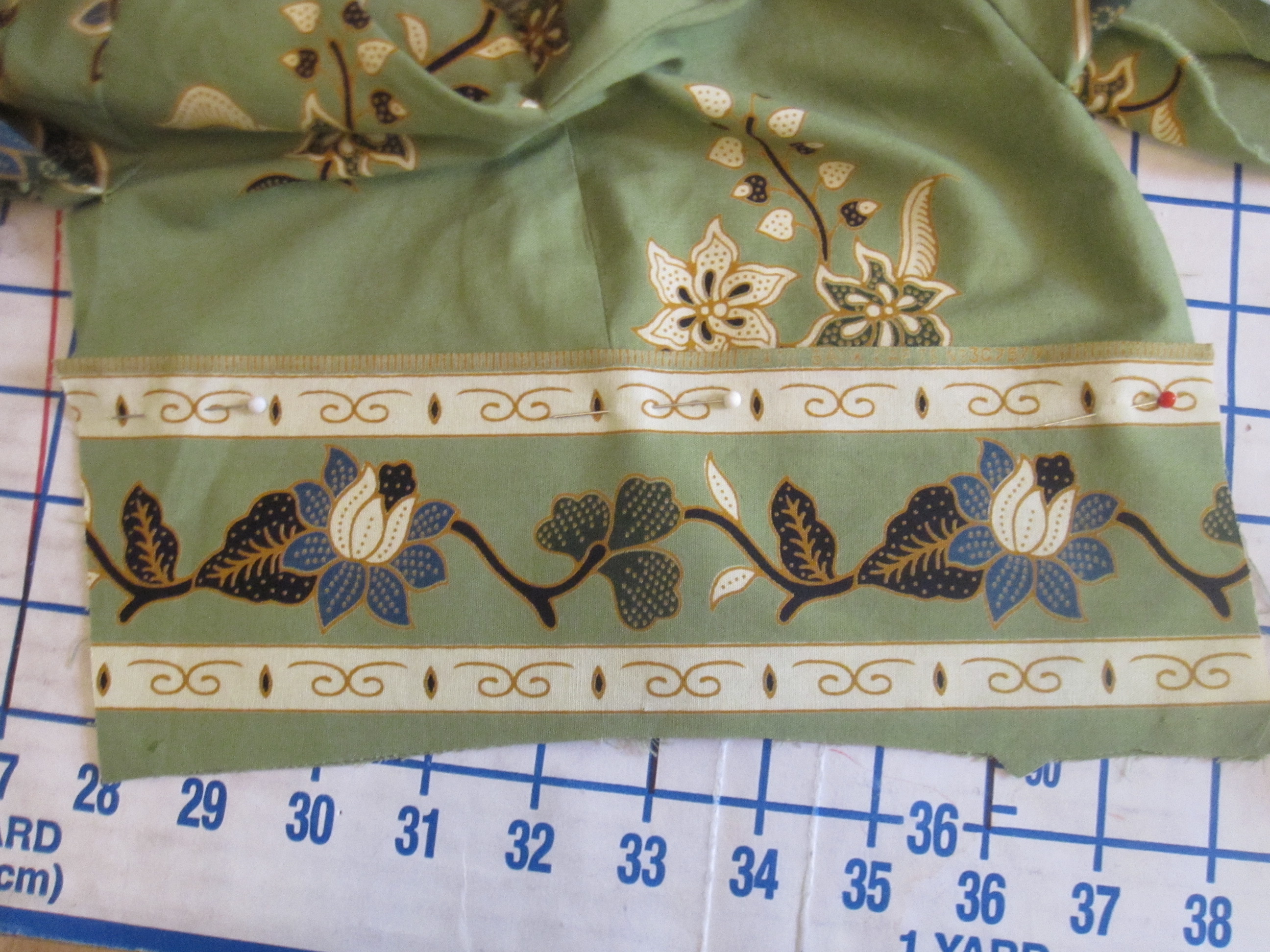
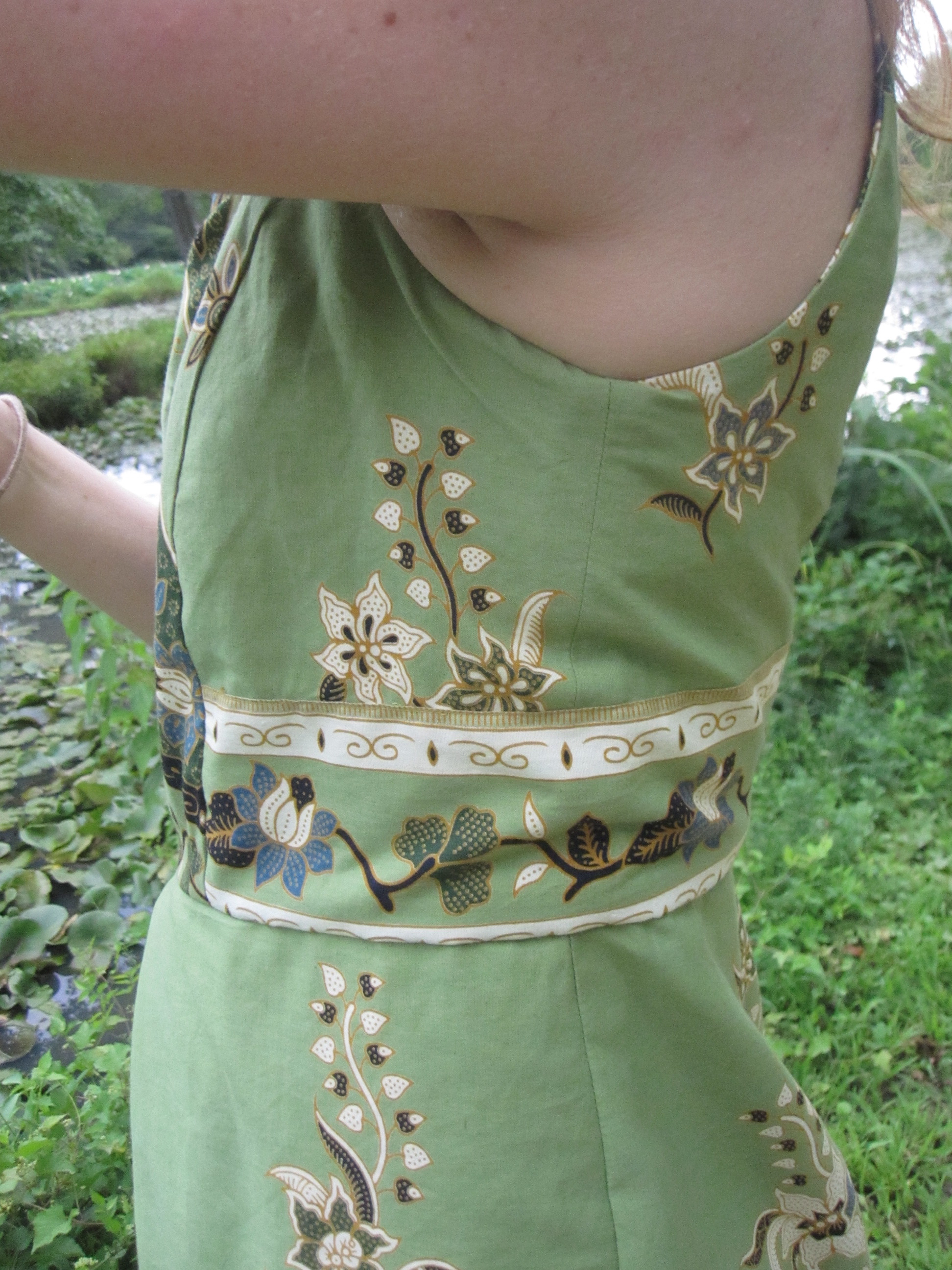
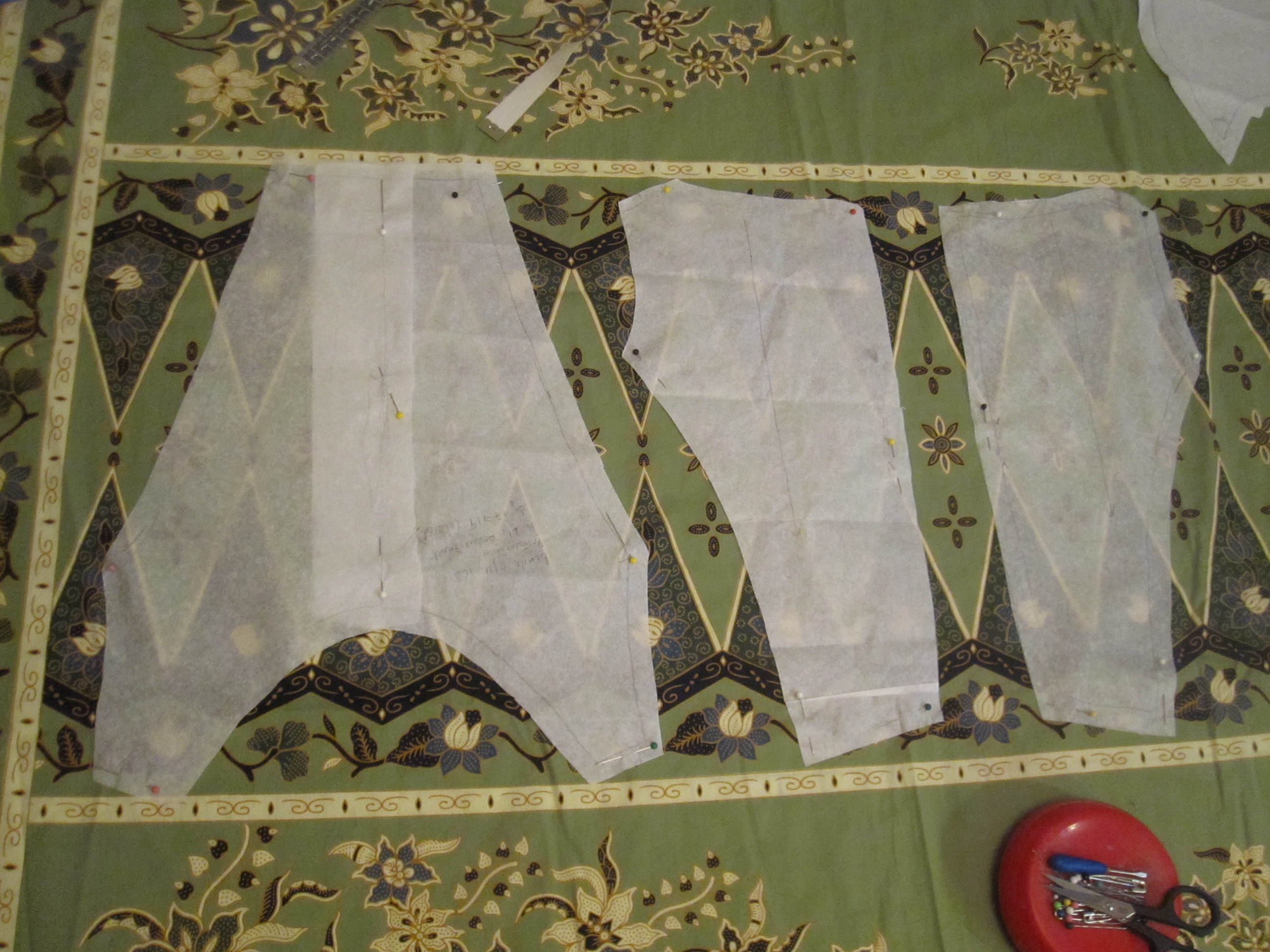

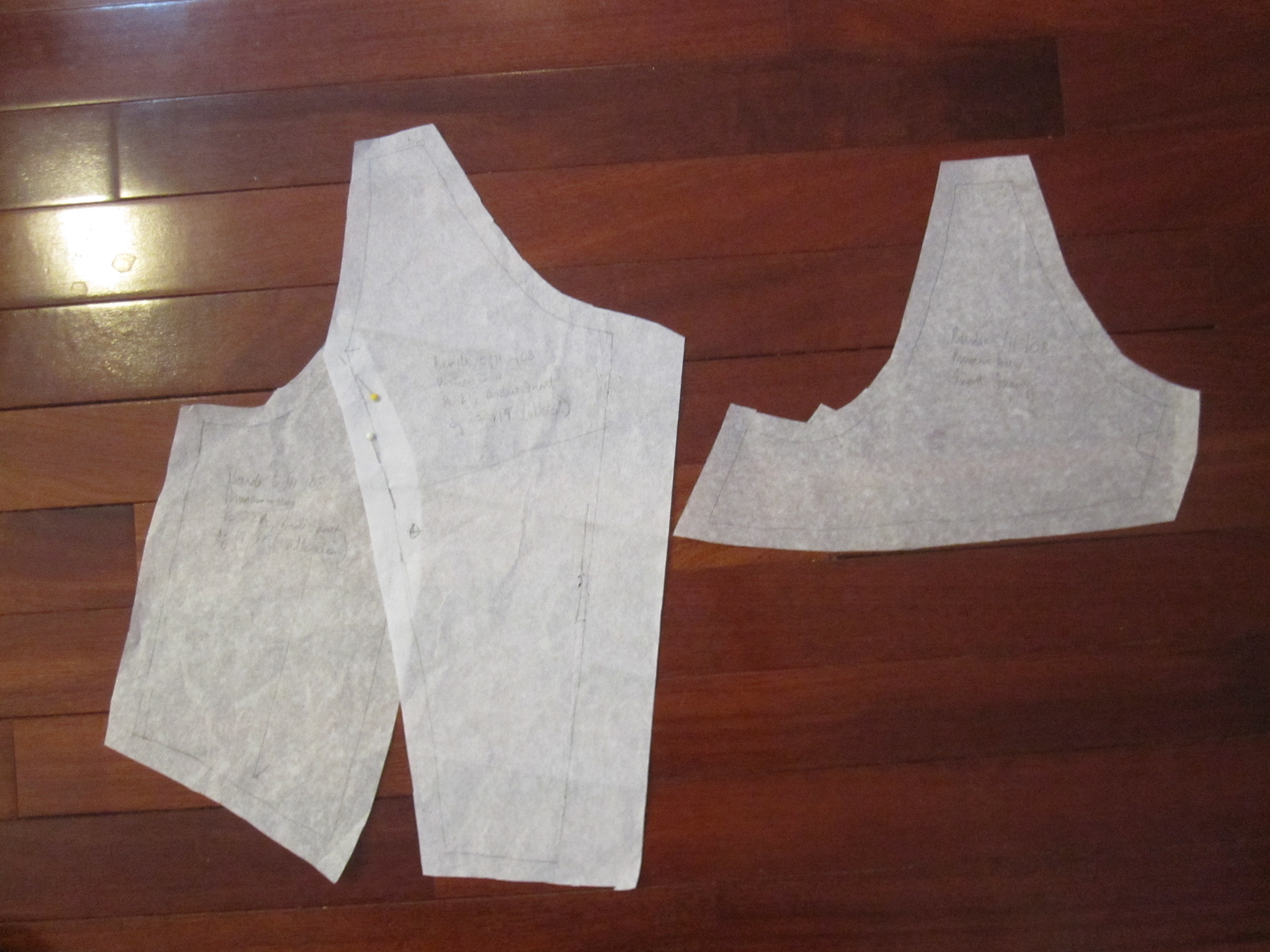

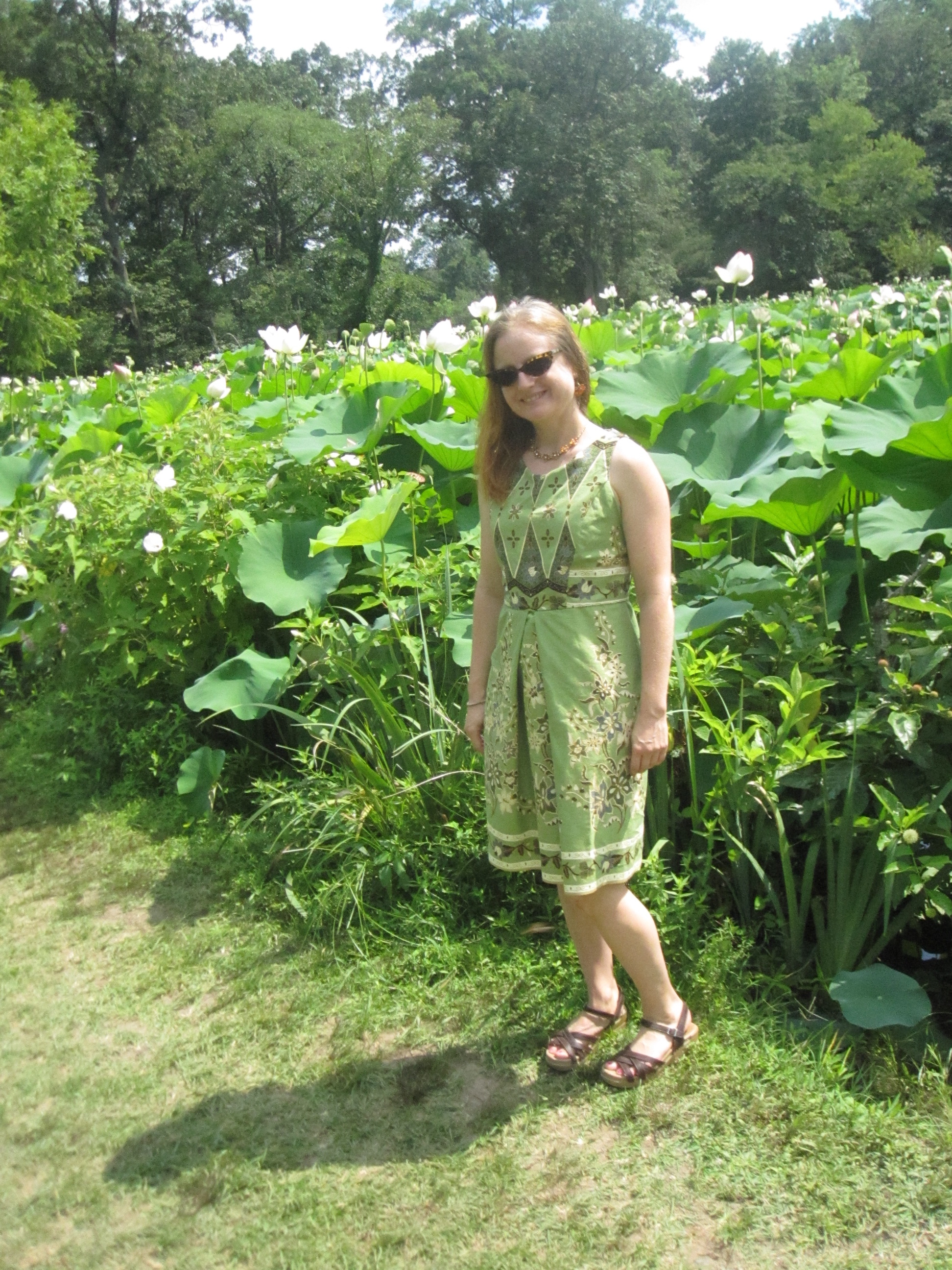





















































































.jpg)















